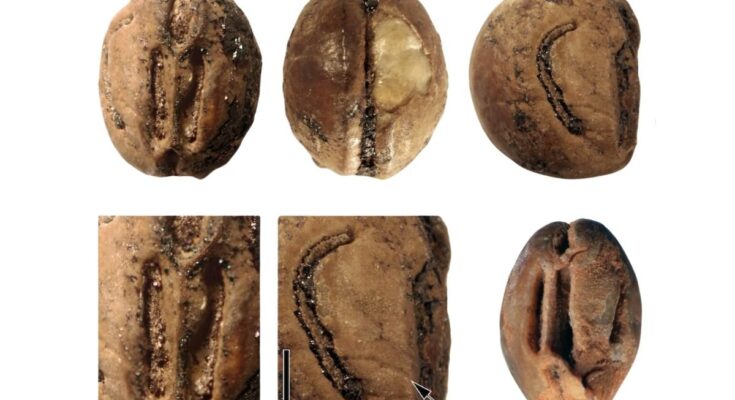Researchers have uncovered ancient grape seeds in Colombia, Panama, and Perú, dating back between 60 to 19 million years, as reported in Nature Plants. Among these, one species is the oldest yet found in the Western Hemisphere. These fossil seeds provide insights into how grape plants spread after the dinosaurs became extinct.
“These are the oldest grapes ever found in this part of the world, and they’re a few million years younger than the oldest ones ever found on the other side of the planet,” says Fabiany Herrera, an assistant curator of paleobotany at the Field Museum in Chicago’s Negaunee Integrative Research Center and the lead author of the paper.
“This discovery is important because it shows that after the extinction of the dinosaurs, grapes really started to spread across the world,” Herrera further added.
Earliest grape seed fossils date back to 66 million years
Soft tissues like fruits are rarely preserved as fossils, so scientists rely on seeds, which have a higher chance of fossilization to understand ancient fruits.
The earliest grape seed fossils, found in India, date back 66 million years. This timeframe coincides with a major asteroid impact on Earth, which caused widespread extinction that significantly affected life on our planet.
“We always think about the animals, the dinosaurs, because they were the biggest things to be affected, but the extinction event had a huge impact on plants too,” says Herrera. “The forest reset itself, in a way that changed the composition of the plants.”
Herrera and his colleagues propose that the disappearance of dinosaurs may have led to changes in forest environments. Mónica Carvalho, co-author of the study and assistant curator at the University of Michigan’s Museum of Paleontology, said that large dinosaurs likely influenced their surroundings by potentially knocking down trees. This could have kept the forests more open than in present times.
In the absence of large dinosaurs, which pruned them, certain tropical forests, such as those in South America, became denser. This led to the development of distinct layers of trees, creating both an understory and a canopy, as reported by Phys.org.
Plants became vine-climbing after dinosaur extinction
Herrera mentioned that during this time in the fossil record, more plants became vine-climbing. This means the death of the dinosaurs allowed plants like grapes to flourish. The dense forests that emerged after the mass extinction provided an opportunity for these plants. Additionally, the diversification of birds and mammals likely aided in spreading grape seeds.
Steven Manchester, Herrera’s Ph.D. advisor and senior author of the study, previously identified the oldest grape seed fossil in India in 2013. Despite the absence of fossil grapes in South America before this discovery, Herrera suspected their presence there.
“Grapes have an extensive fossil record that starts about 50 million years ago, so I wanted to discover one in South America, but it was like looking for a needle in a haystack,” says Herrera. “I’ve been looking for the oldest grape in the Western Hemisphere since I was an undergrad student.”



